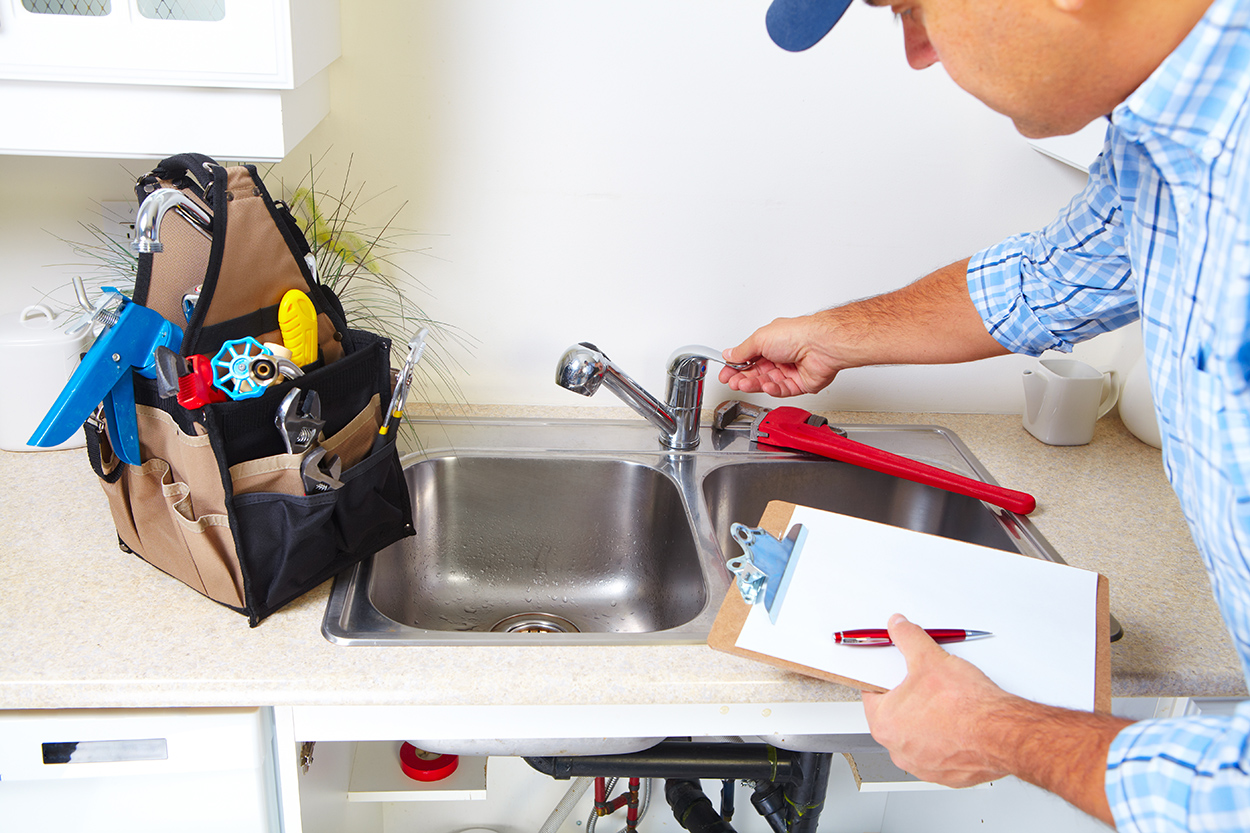
Sink Trap Cleaning
If your sink is blocked, it may be a minor clog which you can dislodge with a plunger. If not, you may need to remove your sink trap in order to get at larger clogs and remove any build-ups. This can be difficult if you lack the tools and experience, so don’t hesitate to call us if you need assistance. This page will take you through the process and hopefully give you the information you need to perform this task yourself.
Sink trap cleaning- tools you’ll need
It is always a good idea to start with a plunger and some hot water. This can often be all that’s required to dislodge a blockage and clear a clogged drain. If you have access to a plumbing snake, you can use this as well.
To remove your sink trap, you’ll need channel lock pliers to disconnect the pipes, a bucket to catch any water, and a firm brush to dislodge the clog. Sink traps are usually a ‘J’ shaped structure below the sink. Place your bucket below the trap as water and other material will flow out when you disconnect it. Simply unscrew the joints attached to the side of the trap with your pliers and remove the trap. O-rings will be located between the pipes and the trap and you should make sure that you don’t lose them.
Clearing the blockage
Once the trap has been removed, you are able to scrub away any hair, soap scum, food waste, or other material which may be causing the blockage. Once you’ve scrubbed out whatever was causing the blockage, it is a good idea to spray out the trap and pipes with a hose to flush out any build-up and biofilm.
Finishing the job
Once the blockage is cleared and the trap and pipes have been cleaned, you should replace them and be sure to put back any o-rings that were between the fittings. Ensure that the joints are on tight, but not too tight as this can cause damage (especially to plastic pipes).
Once the fittings are back in place, turn on the tap a little bit to and check if there are any leaks. If not, you’ve finished the job and should be proud of yourself!












